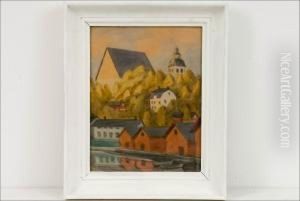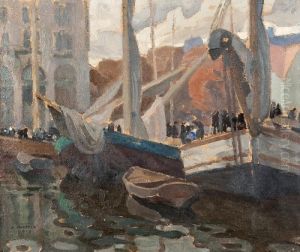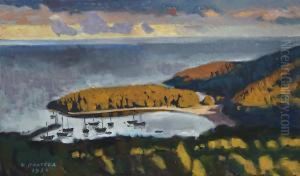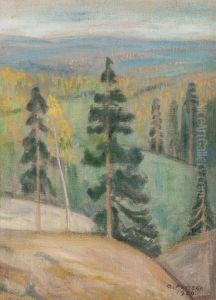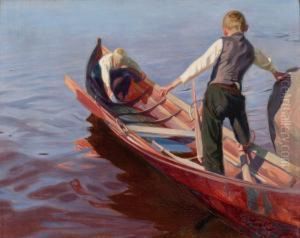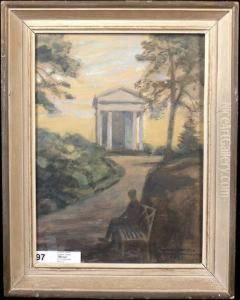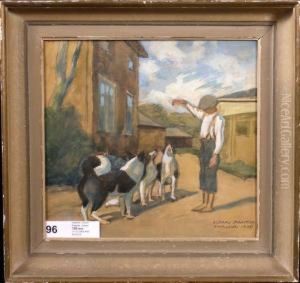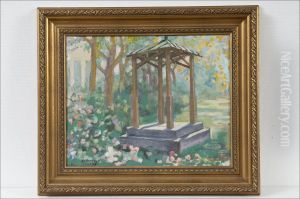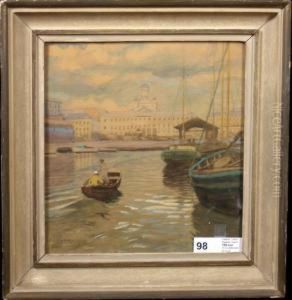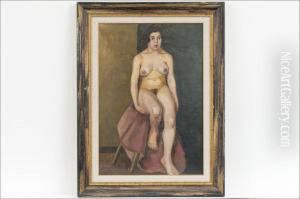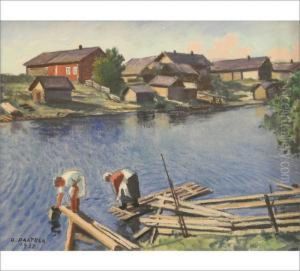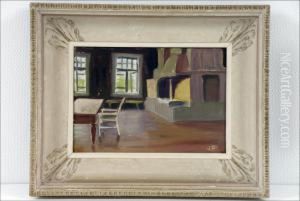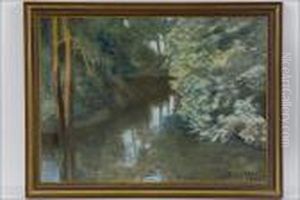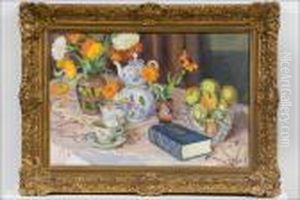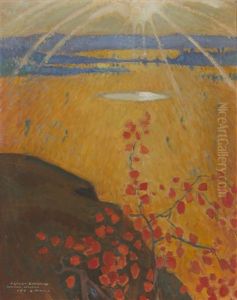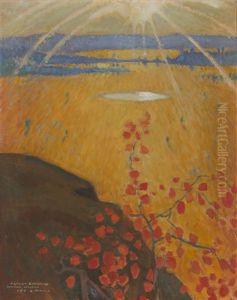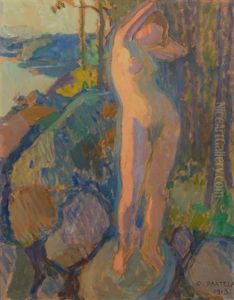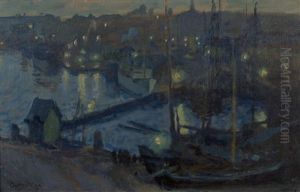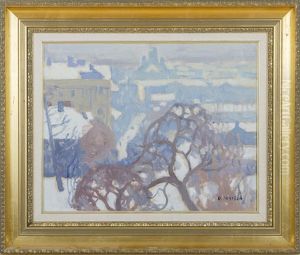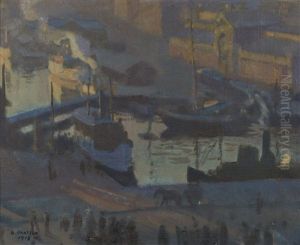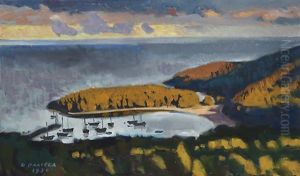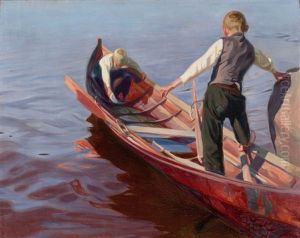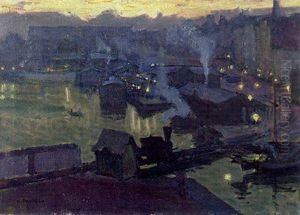Oskari Paatela Paintings
Oskari Paatela, born in 1866 in Finland, was a notable figure in the realm of Finnish painting and architecture. His early life was marked by a profound interest in the arts, leading him to pursue studies that would shape his dual career. Paatela studied architecture at the Polytechnical Institute in Helsinki, a path that initially defined his professional journey. However, his passion for painting, particularly landscape painting, eventually played a significant role in his artistic output.
Paatela's work as an architect included designing several churches and public buildings across Finland, showcasing his ability to blend functionality with aesthetic appeal. His architectural designs are characterized by their incorporation of national romanticism, a style that sought to reflect the unique cultural and natural essence of Finland.
Parallel to his architectural endeavors, Paatela developed a deep connection with the Finnish landscape, which became the central theme of his paintings. His art captures the serene and mystic beauty of Finnish nature, often depicting forests, lakes, and rural settings with a delicate and evocative touch. Paatela's paintings are celebrated for their atmospheric quality and the emotional depth they convey, making him a respected figure in Finnish art history.
Throughout his career, Paatela exhibited his work in various art shows and was involved in artistic communities, contributing to the cultural life of Finland. Despite his significant contributions to both architecture and painting, Paatela remains a somewhat lesser-known figure outside of Finland. His legacy, however, continues to be appreciated by art and architecture enthusiasts, particularly those with an interest in the national romantic movement and the portrayal of the Finnish landscape.
Oskari Paatela passed away in 1935, leaving behind a body of work that not only showcases his talents but also offers insight into the Finnish soul. His contributions to Finnish culture, through both his buildings and his canvases, have ensured his place in the annals of Finnish art and architectural history.
